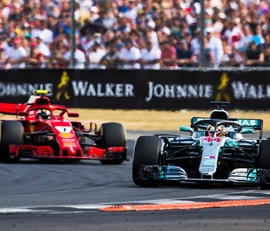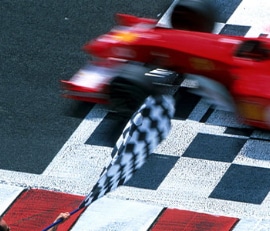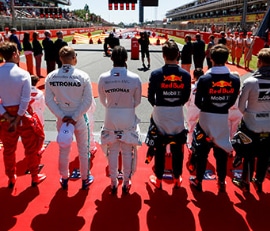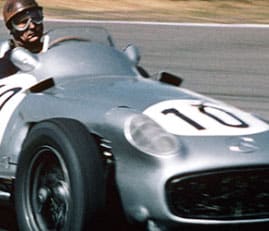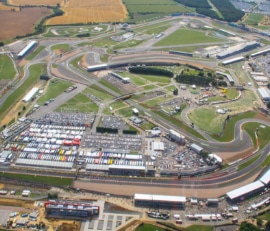Almost every year the approach of the 24-hour recent Le Mans is heralded by great fanfares of trumpets and the promise that this time is going to be the Le Mans race of the age. Equally, almost every year, a few weeks before the event, last-minute withdrawals are announced, new cars are not ready, or drivers are put out of action, and the feeling arises that the race is going to be a flop: but each year the Le Mans race becomes bigger and better, faster and more furious, and invariably turns out to be the Le Mans race of the age. This year was no exception for, in spite of all the pre-race alarurns and excursions, the race provided a wonderful battle between Ferrari and Jaguar right up to the very last minute, and though last year’s record distance was not beaten, due to bad weather conditions, it saw the closest finish since the early 1930s.
After the withdrawal of Lancia, coupled with the fact that Ferrari was not sure what cars he was going to enter, it looked as though Jaguar were going to have a walk-over, and before race week began the 1954 Le Mans event did not look very encouraging. Austin-Healey had also withdrawn their team, but, apart from the bad taste in which the withdrawal was presented, their abstention did not really interest anyone from the Grand Prix d’Endurance point of view. By the time the scrutineering had been completed and the first of the practice periods began, things took on a new interest and it was obvious that a big battle was in the offing. The Jaguar team were making every effort to win and concealing the fact from no one, but Ferrari were out to do their utmost to prevent it and had entered three 4.9-litre open two-seater cars, concentrating their whole effort on one type this year. The Jaguars were indeed things of beauty to behold, their overall dimensions being reduced to an absolute minimum for a 3 1/2-litre car and the shape made every effort to reduce wind-drag, while the combination of small square tubing and aluminium panelling forming the chassis frame made for very light weight. The well-tried Jaguar six-cylinder engine was redesigned with dry-sump oil system, consequently reducing the overall height, and the three Weber carburetters were fed by an air tunnel incorporated in the tiny radiator opening in the nose of the car. The front suspension followed normal Jaguar double wishbone practice, as did the gearbox mounted on the rear of the engine, while disc brakes, were retained, though new Dunlop magnesium-alloy wheels on knock-off hubs were used. The whole bearing of the new Jaguars was one of pure science, abstracting the maximum from the minimum, no detail that would make for speed and endurance being overlooked. Since their initial appearance the head fairing behind the cockpit had been given the addition of a tail fin, but the only reasonable excuse for this seemed to be that it presented the only flat surface on which to paint a racing number; however, it added to the general “projectile” appearance of the car, which all went towards demoralising the opposition. The team of drivers for the three Jaguars were Moss/Walker, Hamilton/Rolt and Whitehead/Wharton, and it would have been difficult to improve on them from English circles.
In direct opposition the three Ferraris entered by the factory were of 4.9 litres and identical with the Mille Miglia cars; in fact, the first of the trio was the actual car that Gonzalez drove at Silverstone recently. Admittedly their V12-cylinder engines were of vast capacity, but the general build of the cars was also massive and, in contrast with the sleek Jaguars, the Ferraris were unashamedly brute-force machines, thrusting themselves through the air by sheer power and looking ready to devour anything that might be in their path. Built on a chassis almost identical in layout with the old 4 1/2-litre Formula I car, with normal Ferrari-type i.f.s. by wishbones and transverse leaf-spring, aided by rubber in compression, de Dion rear axle, with the gearbox coupled to the differential, and with enormous hydraulic brakes, the “four-nines” looked really fierce and as tough as the Jaguars looked delicate. The three cars were to be driven by P. Marzotto/Maglioli, Gonzalez/ Trintignant and Rosier/Manson, a good mixture of talent that could tackle any conditions.
